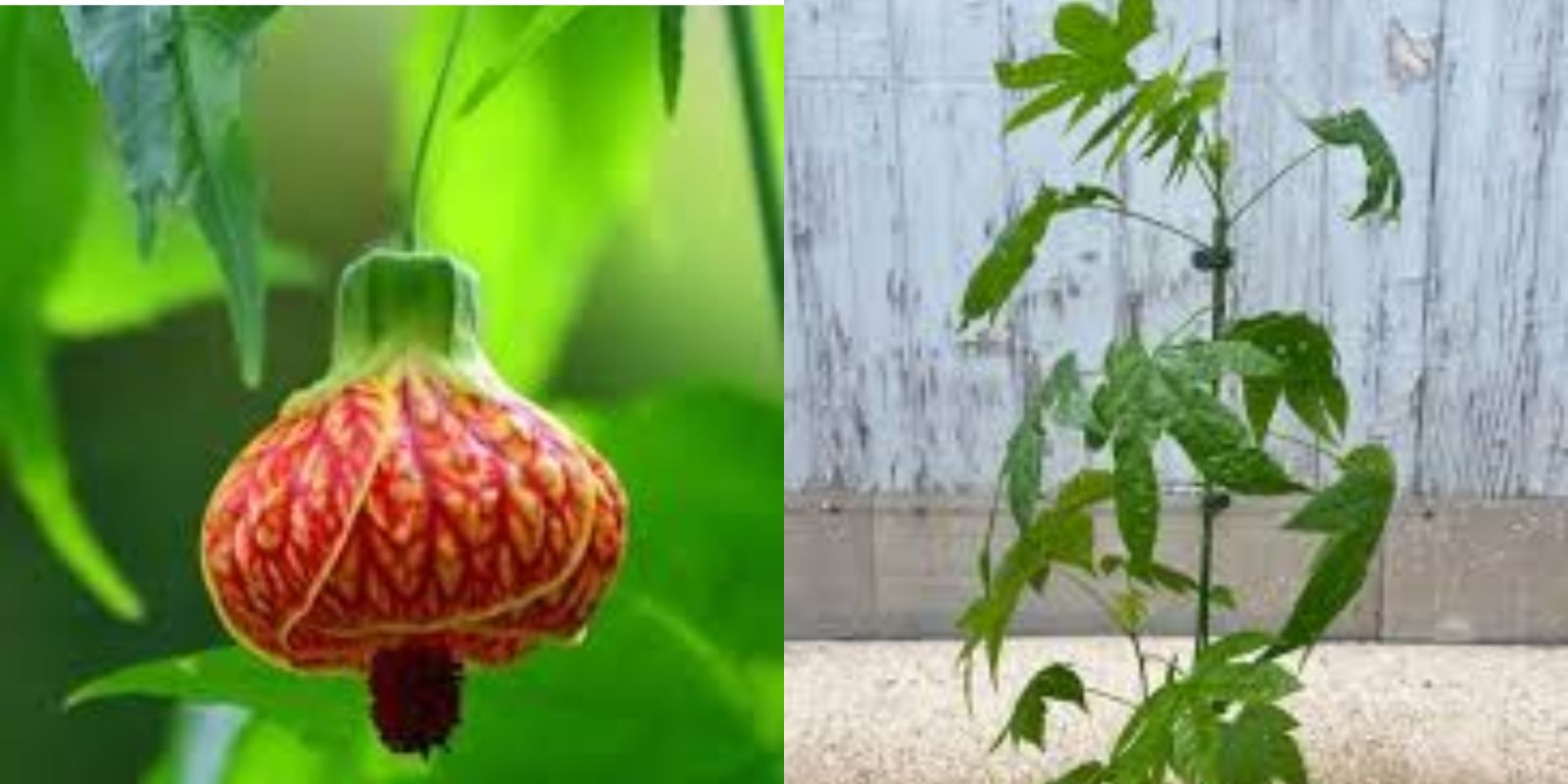Introduction
The Red Tiger Abutilon, often called the flowering maple due to its leaf shape, is a tropical plant that captivates with its bold, tiger-striped blooms and rich foliage. Known for its striking red and yellow patterns, this plant can be grown both outdoors in warm climates and indoors as a potted beauty. In this guide, we’ll cover everything you need to know about growing, caring for, and troubleshooting common issues with the Red Tiger Abutilon, helping you bring its exotic beauty to your garden or home.
What is Red Tiger Abutilon?
Red Tiger Abutilon (Abutilon pictum) belongs to the mallow family and is native to tropical regions, particularly in South America. Its unique flowers and maple-like leaves make it a standout ornamental plant. With proper care, Red Tiger Abutilon can grow between 3 to 6 feet tall and produce abundant blooms. Although it prefers warmer climates, it’s well-suited to container gardening, which allows you to move it indoors during colder months.
Step 1: Choosing the Right Location
Like many tropical plants, Red Tiger Abutilon thrives in partial shade or indirect sunlight. It enjoys bright light but can be scorched by intense, direct sunlight, especially in the heat of summer. If growing outdoors, choose a spot with morning sunlight and afternoon shade. For indoor growing, place it near a bright window with filtered light. Abutilon can tolerate some shade but needs light for healthy blooms and growth.
Step 2: Soil Requirements
Red Tiger Abutilon prefers well-draining, loamy soil rich in organic matter. A potting mix containing peat moss, perlite, or compost is ideal for container-grown Abutilon. Good drainage is crucial to prevent root rot, so make sure the soil can retain moisture without becoming overly soggy. If planting directly in the ground, amend heavy clay soil with sand or compost to improve drainage.
Step 3: Watering
Consistent moisture is essential for Red Tiger Abutilon, but overwatering can lead to root issues. Water the plant when the top inch of soil feels dry to the touch, ensuring it stays moist but not waterlogged. In hot weather, you may need to water daily, while cooler temperatures require less frequent watering. Container-grown plants may dry out more quickly, so monitor soil moisture carefully.
Watering Tips:
- Use a saucer under the pot to catch excess water, but empty it regularly.
- Check soil moisture more often in warm seasons and adjust watering frequency accordingly.
- Mist the plant occasionally to increase humidity if growing indoors.
Step 4: Fertilizing for Blooming Success
Abutilon is a heavy feeder, especially during its active growing season in spring and summer. A balanced, water-soluble fertilizer applied monthly will support healthy foliage and blooming. Opt for a formula with equal amounts of nitrogen, phosphorus, and potassium, or a slightly higher phosphorus content to boost flower production. Avoid fertilizing during the dormant winter months when the plant’s growth slows.
Step 5: Pruning and Shaping
Regular pruning keeps Red Tiger Abutilon compact, encourages branching, and promotes more abundant blooms. Prune in early spring before the growing season or after flowering has slowed. Use sharp, clean scissors to remove any leggy or damaged stems, shaping the plant to your desired fullness. Cutting back longer branches also helps prevent the plant from becoming too large and top-heavy in its container.
Pruning Tips:
- Focus on removing dead, weak, or overcrowded branches.
- Prune no more than one-third of the plant at once to avoid stress.
- Trim stems just above a node to encourage new growth from that point.
Step 6: Managing Pests and Common Issues
Red Tiger Abutilon is prone to certain pests like aphids, spider mites, and whiteflies, which can damage leaves and reduce blooming. Monitor plants regularly, especially on the undersides of leaves. Use insecticidal soap or neem oil to treat infestations, and keep plants in well-ventilated areas to prevent issues. If the plant’s leaves start yellowing or dropping, consider adjusting water, light, or fertilizer to restore balance.
Common Issues & Solutions:
- Yellowing leaves: Check for root rot due to overwatering or nutrient deficiencies.
- Poor blooming: Ensure the plant receives enough light and fertilize monthly during active growth.
- Leggy growth: Increase light exposure or prune for a bushier appearance.
Step 7: Overwintering the Plant
If you live in a region with cold winters, it’s best to bring your Red Tiger Abutilon indoors to protect it from frost, as it thrives in temperatures above 50°F (10°C). When overwintering, reduce watering, avoid fertilizing, and place it in a bright location with indirect light. Moving it indoors early, before temperatures drop, will prevent shock. Expect some leaf drop as the plant adjusts to lower light, but growth should resume in spring.
Bay Leaf Uses in the Kitchen and Beyond
Did you know that the bay leaf is a versatile culinary and medicinal herb?

